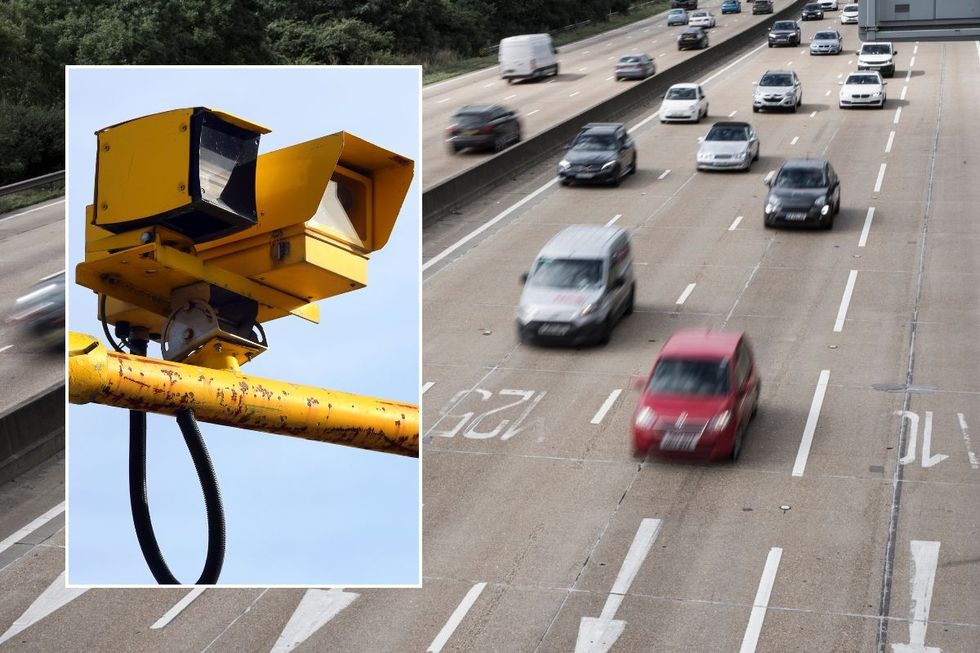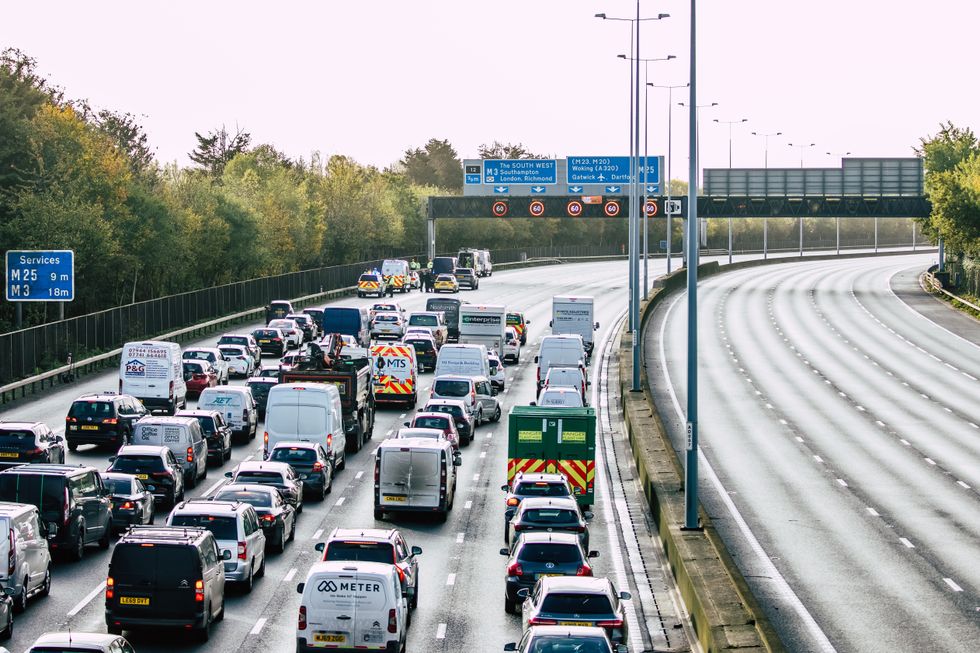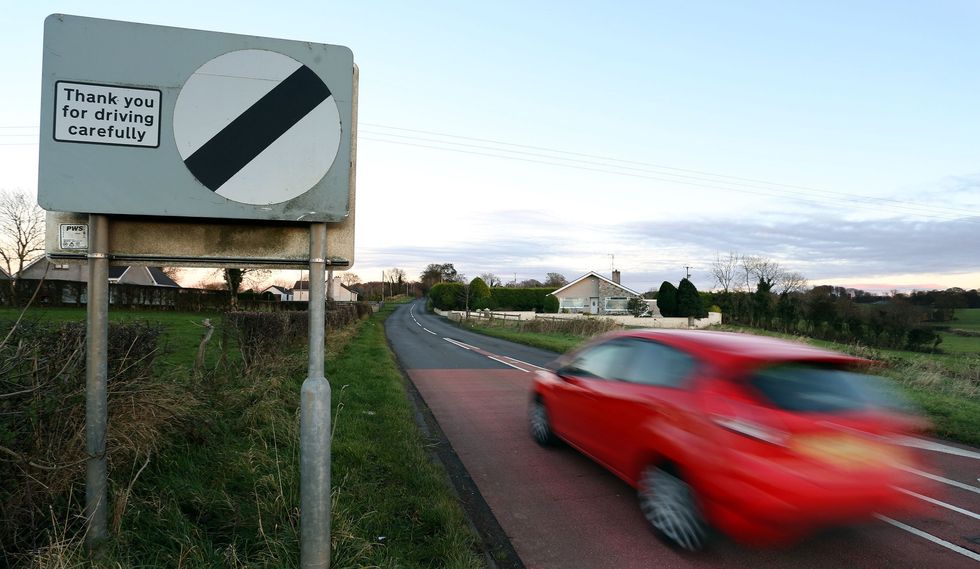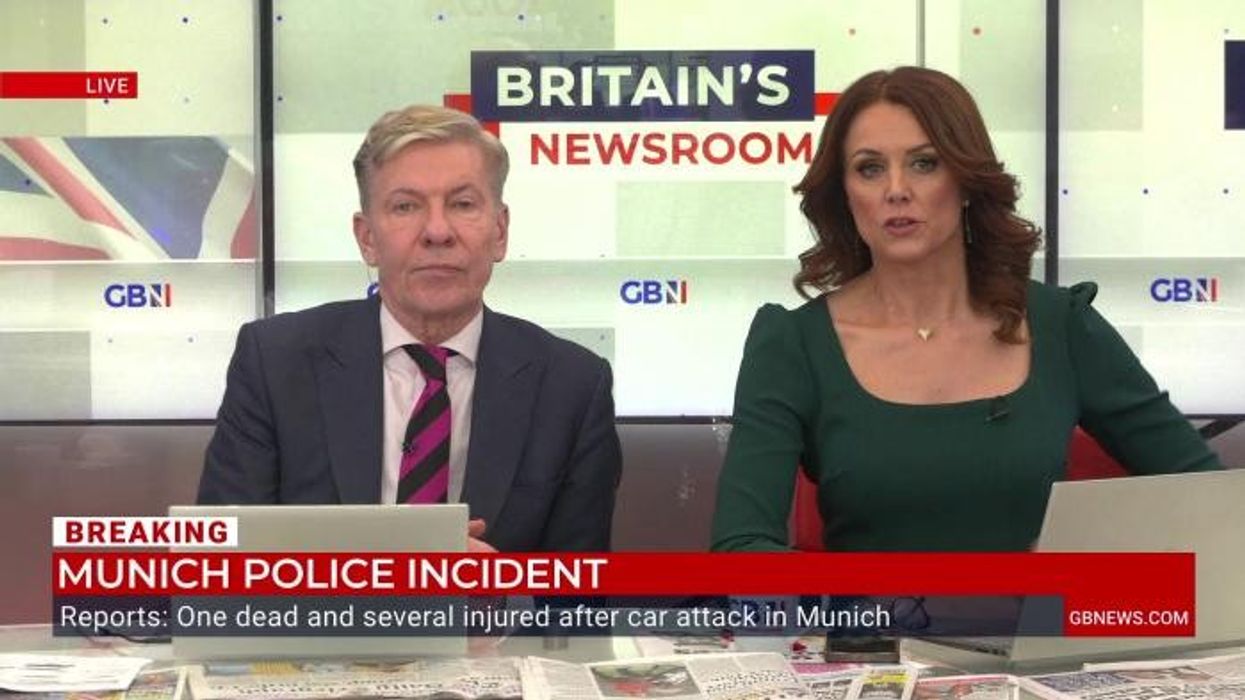Motorist caught driving 46mph on motorway disqualified, fined and handed licence points

National Highways does not need to disclose why variable speed limits are being introduced
Don't Miss
Most Read
Latest
A motorist has been temporarily banned from driving after being caught travelling 46mph on the motorway.
The 49-year-old man appeared at Worcester Magistrates' Court last week, where he was charged with exceeding the speed limit on a motorway.
The driver was caught by a variable speed camera in August last year after driving at 46mph - six miles per hour faster than the posted speed limit of 40mph.
The owner of the Peugeot, who is from Staffordshire, was caught on the M1 between Junctions 15a and 15 near Northampton.
Do you have a story you'd like to share? Get in touch by emailing motoring@gbnews.uk

The driver was caught breaking a variable 40mph speed limit
|PA
For the offence, the man was banned from driving for six months and received three penalty points on his licence, in addition to a £40 fine and £130 in costs.
According to Worcester News, the driver also appeared in court for two counts of exceeding a temporary 50mph speed restriction on the M5.
Over a four-day period last June, he was caught breaking two temporary speed limits on the motorway between Junction 6 (Worcester/Pershore) and Junction 4a (M42).
For these speeding offences, the man was slapped with a £40 fine and received three penalty points on his licence.

Digital gantries above the motorway are used to show variable speed limit changes
|GETTY
National Highways states that drivers will consistently see variable speed limits on gantries along motorways to improve the flow of traffic.
Any speed limits displayed within a red circle must be complied with; otherwise, drivers will be breaking the law.
The traffic authority states that if the digital display board is blank or unlit, the previous instructions "must still be complied with".
Variable speed limits can be introduced to prepare for or deal with congestion, if there are ongoing roadworks, or in extreme weather conditions.
LATEST DEVELOPMENTS:
National Highways states: "The reason may not always be clear or evident to customers on our roads, but the displayed mandatory speed limit is always enforceable, irrespective of the reason for it.
"We do not need to justify, or provide reasoning for, a lowered speed limit for that limit to be legally enforceable by the police.
"Whatever the reason for the setting, speed limits displayed within a red circle will always be enforceable."
When a variable speed limit is introduced, the police will always ensure a "minimum time delay" between any changes.

The national speed limit is denoted by a black strip in a white circle
| PAIf a driver has been "flashed" by an enforcement device when the speed limit is changing, it does not indicate that the vehicle has been identified as exceeding the speed limit.
National Highways adds that any changes to the enforcement of the speed limits should be directed to the responsible regional police force.
This differentiates between the variable speed limit displayed on the digital boards and the actual enforcement of the new limit.
When speed limits return to 70mph, drivers will see the national speed limit symbol displayed on the gantries.











